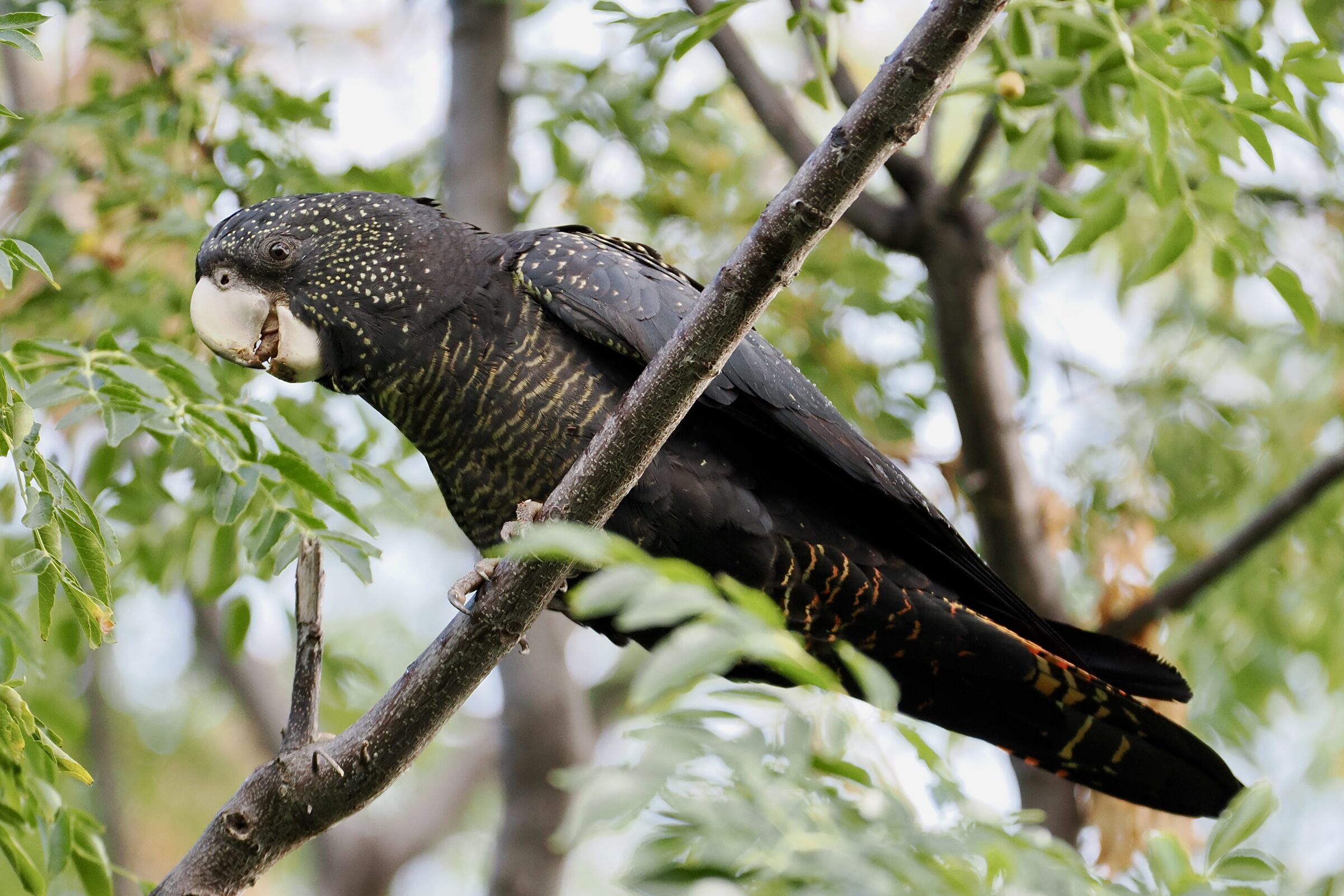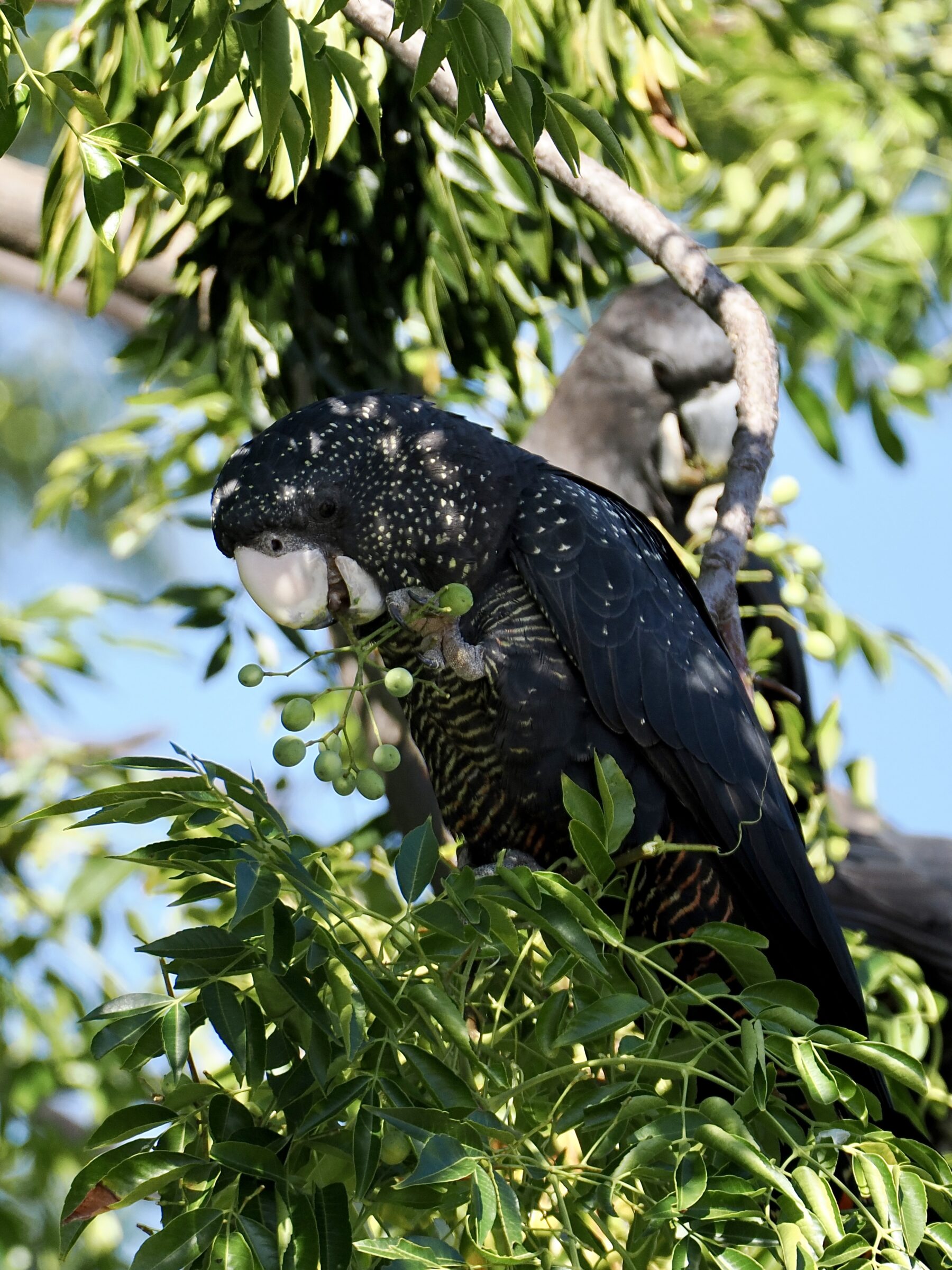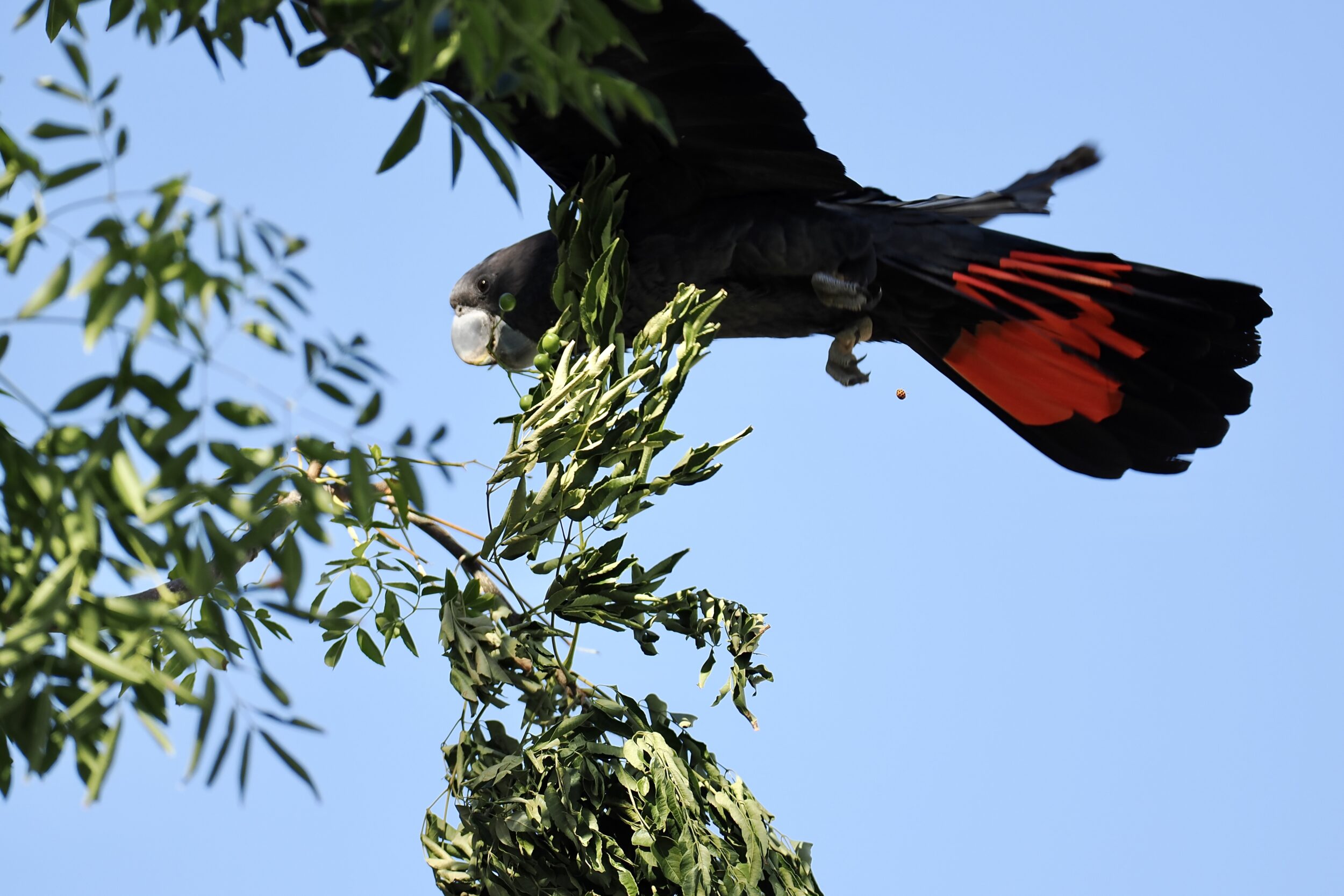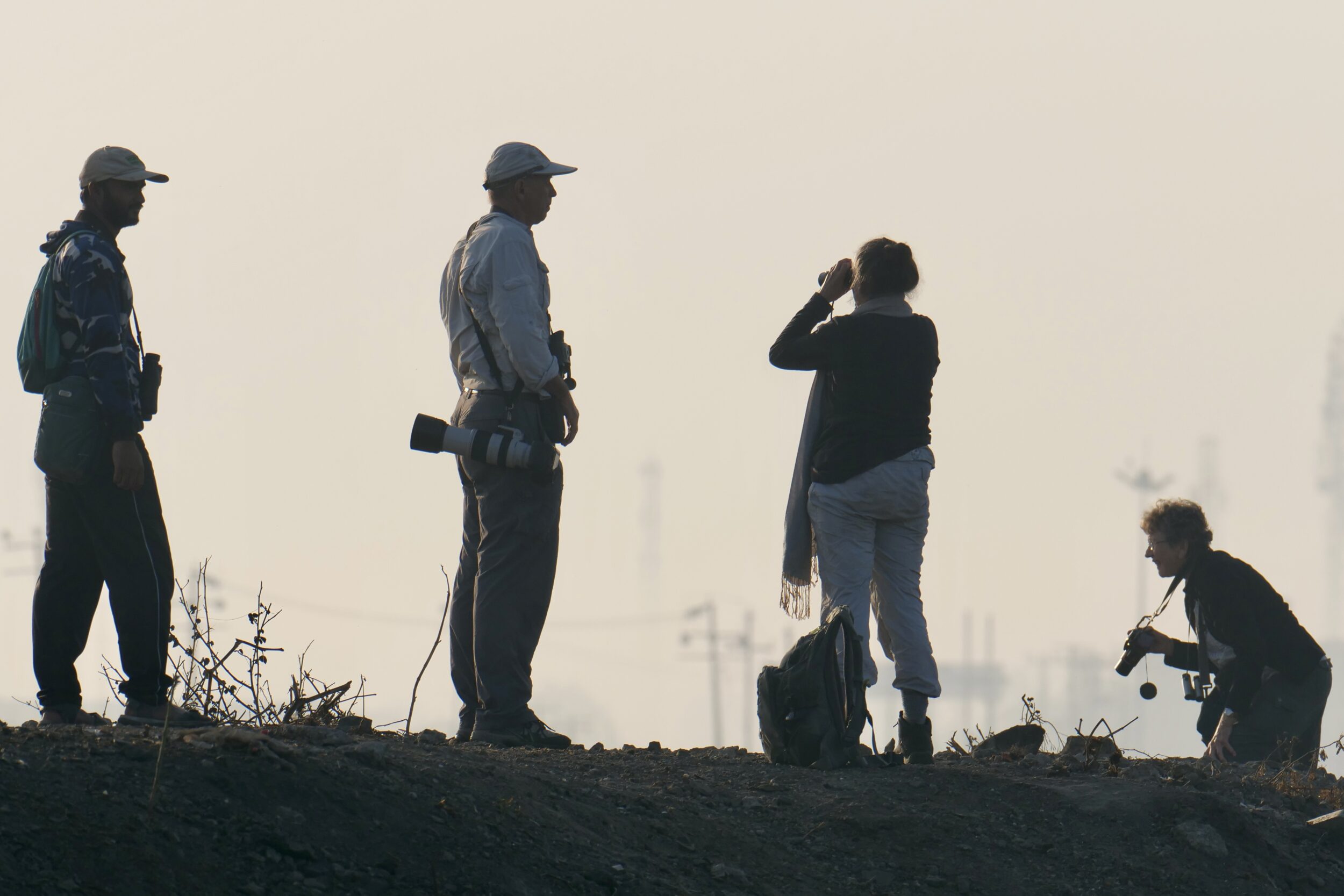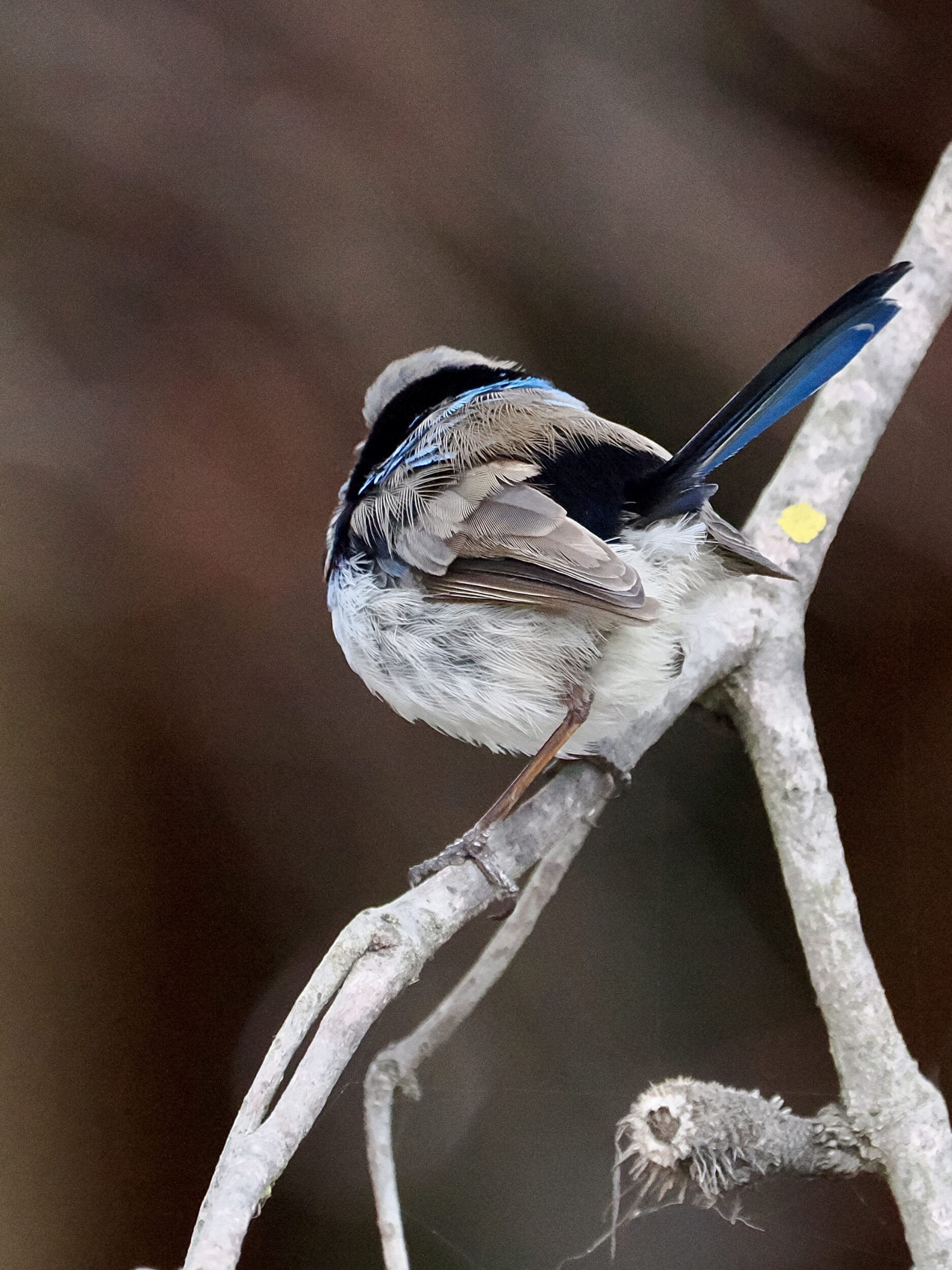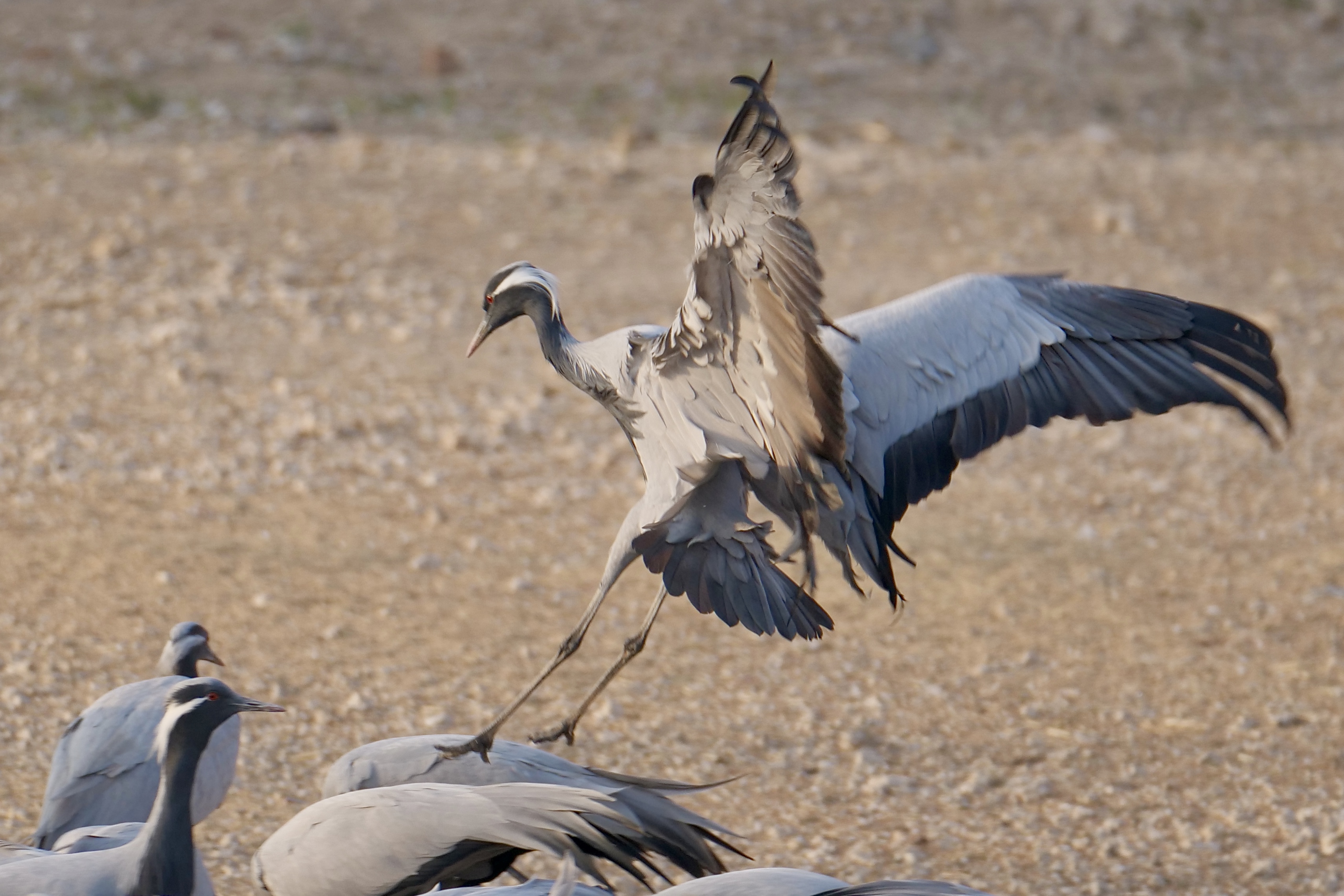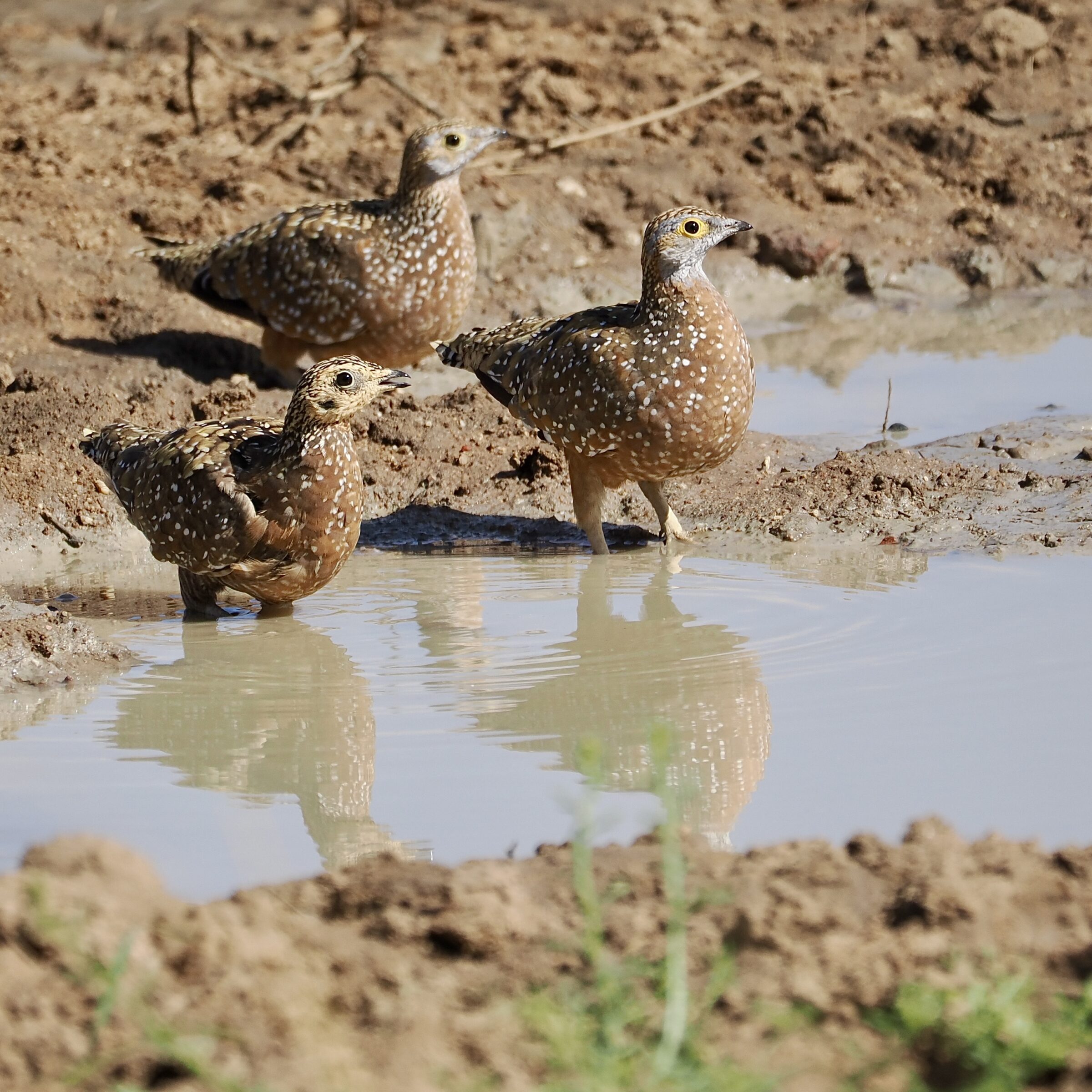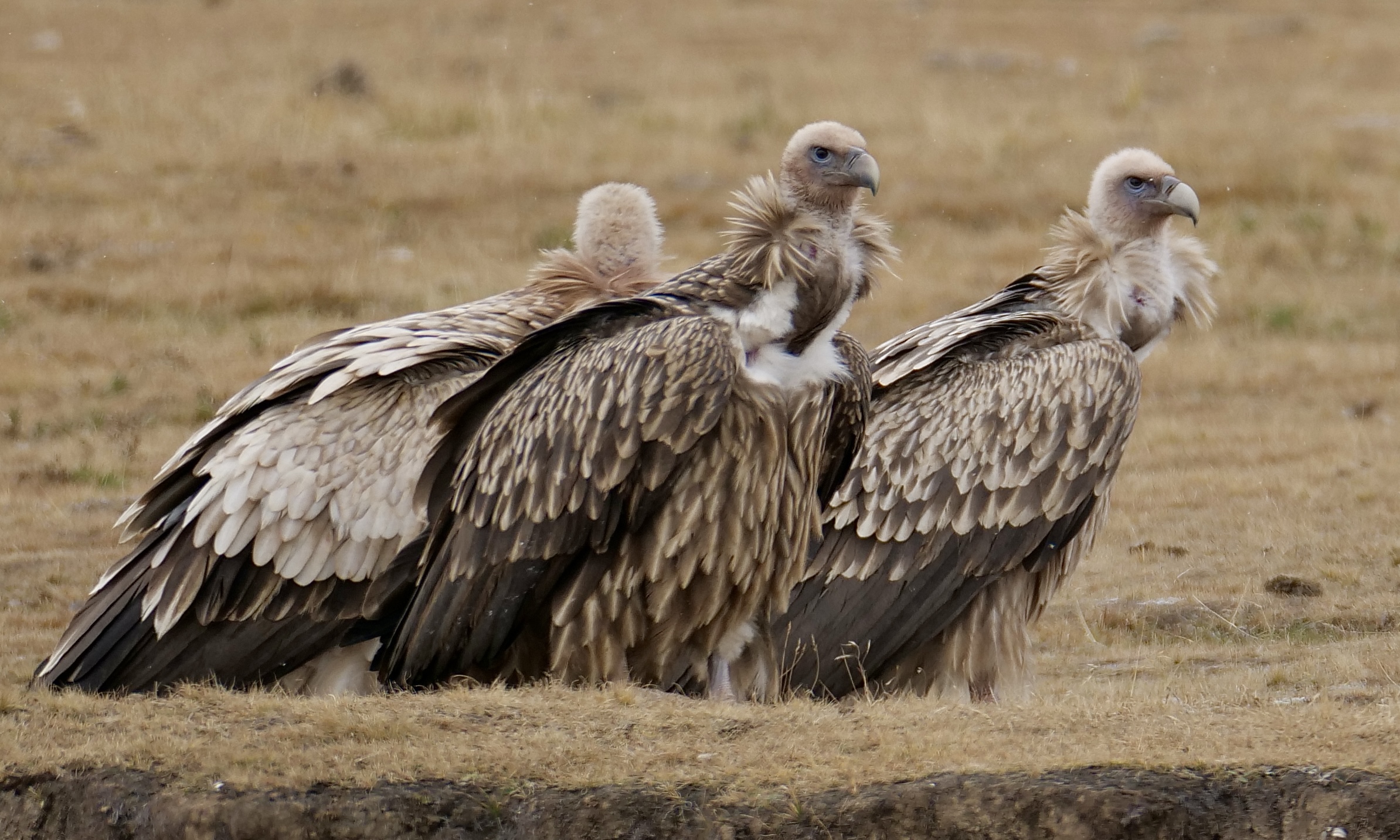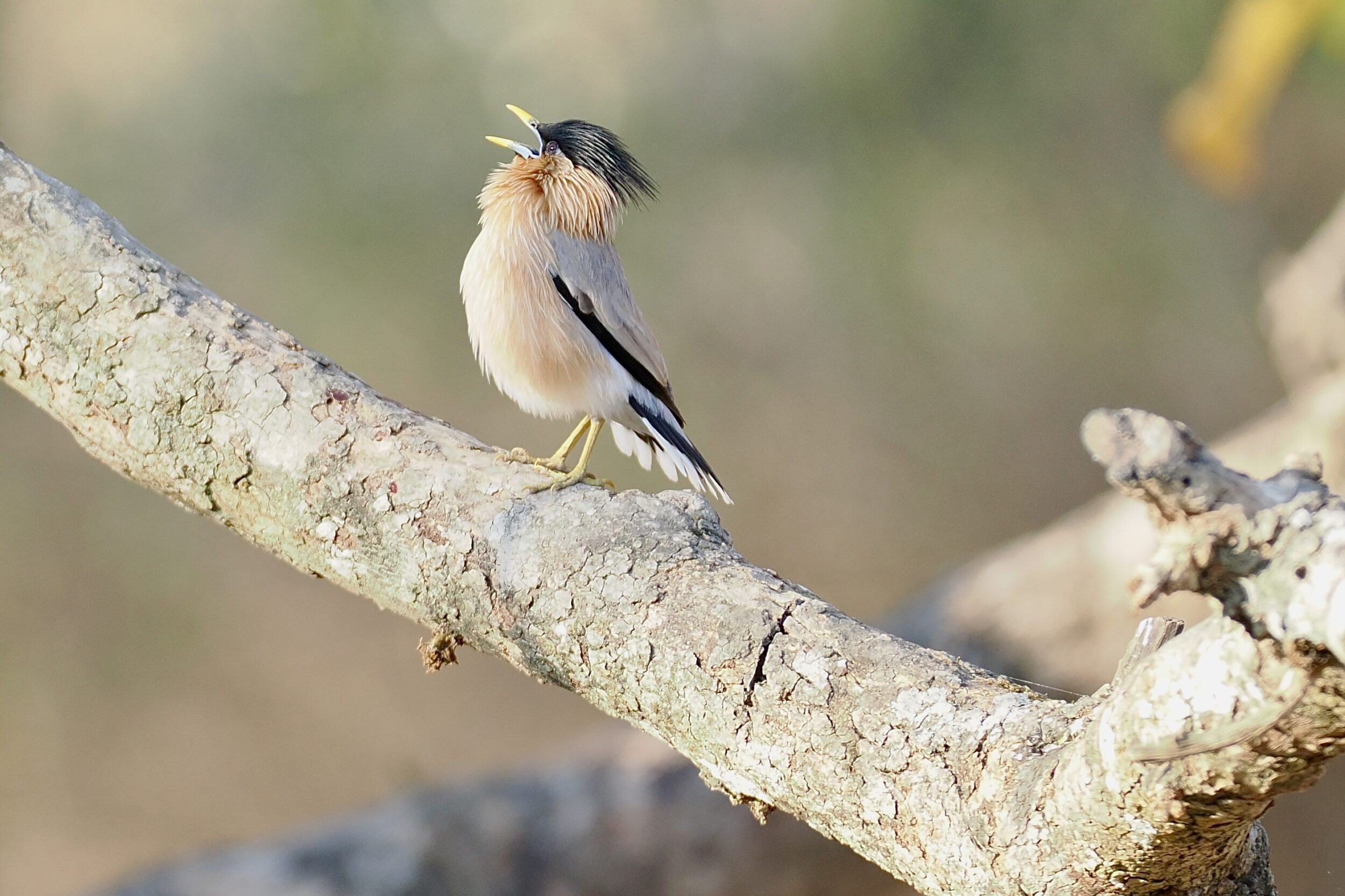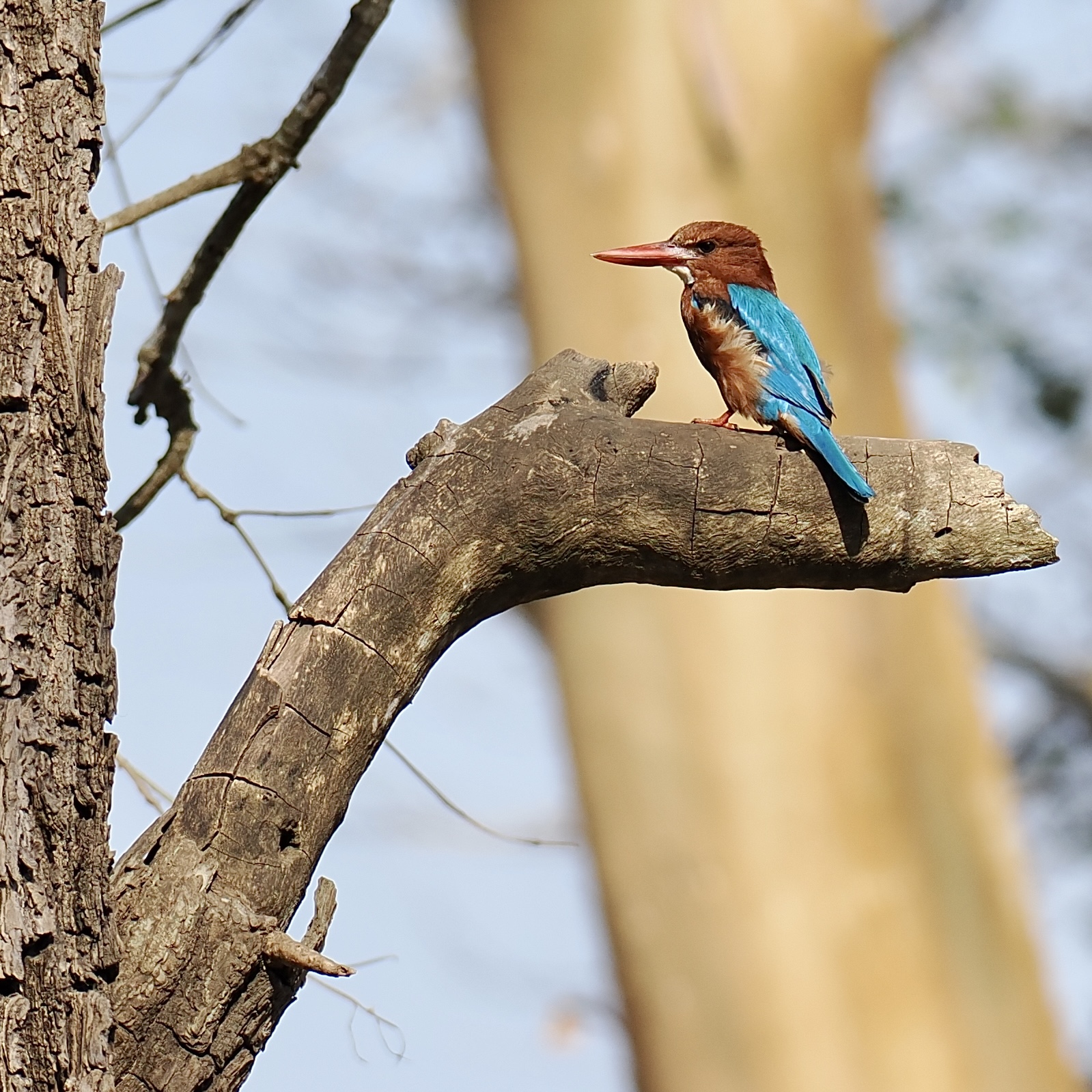The pictured female Forest red-tailed black cockatoo was a very relaxed individual.
Three other red-tails had also been dining on the relevant small, but fruit-laden “Cape Lilac”, but they fled when pedestrian traffic increased.
However, homeward-bound students from Bob Hawke High walking or cycling, directly below “her” tree – and some codger with a camera – did not bother this post’s heroine.
Comments closed